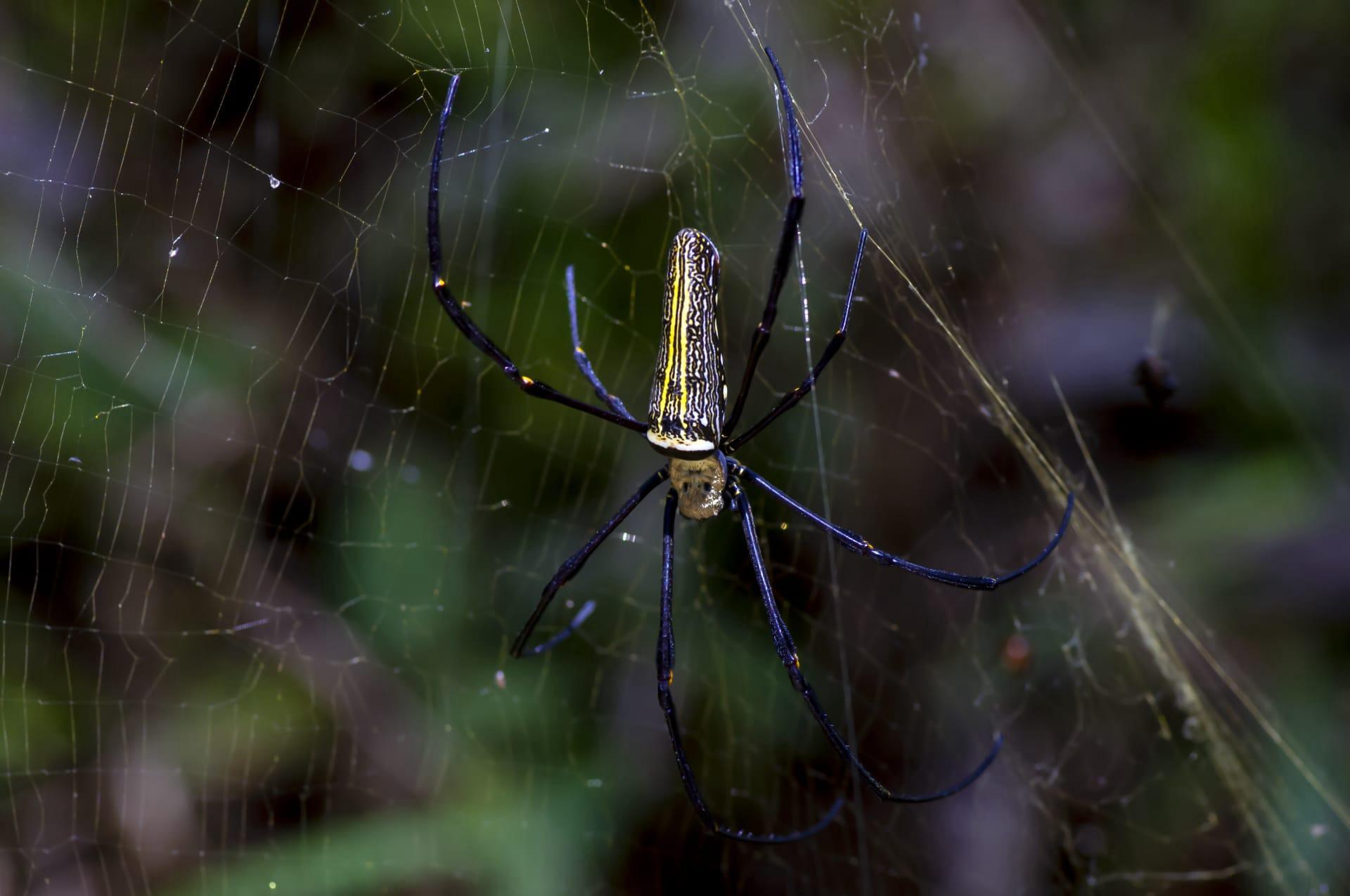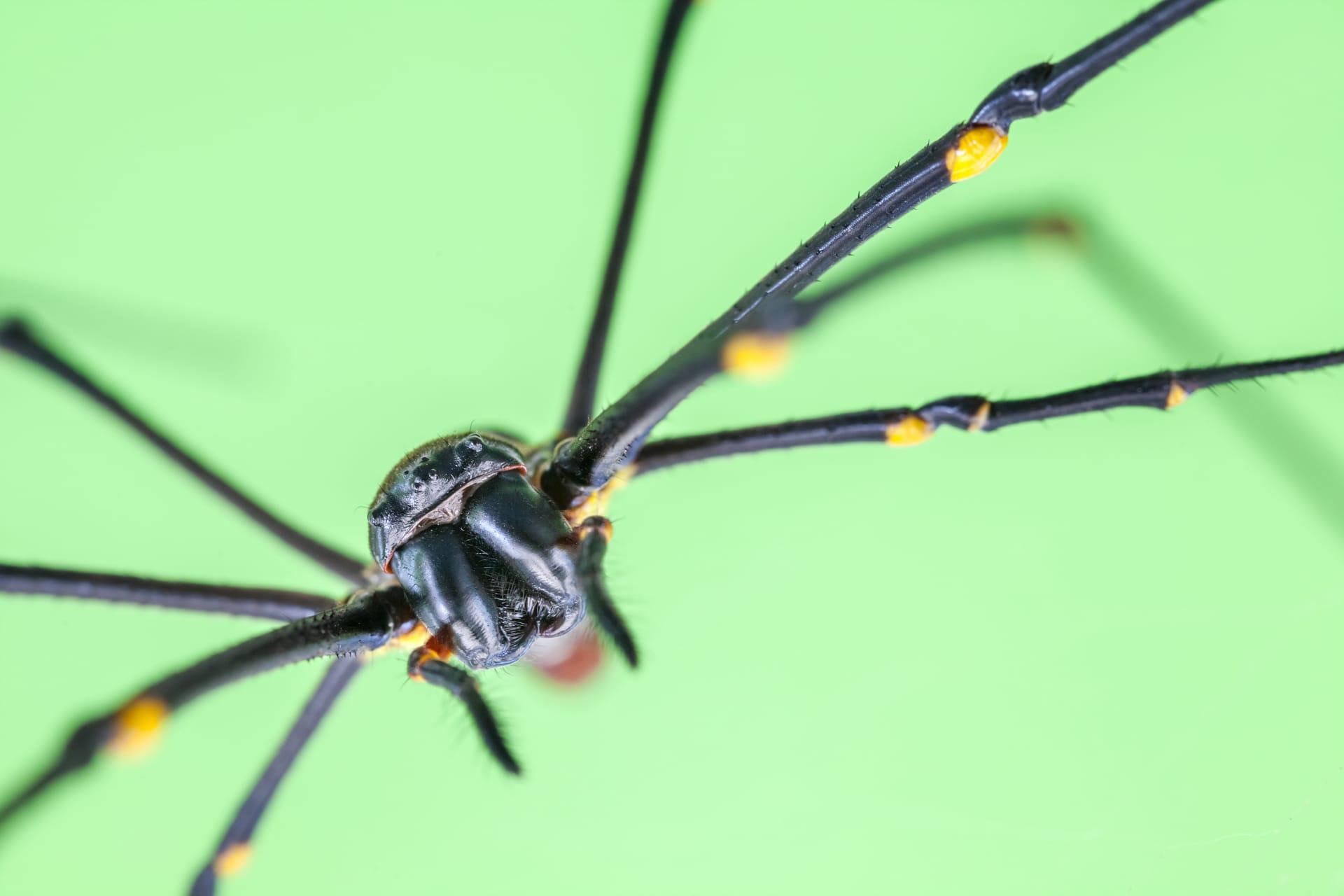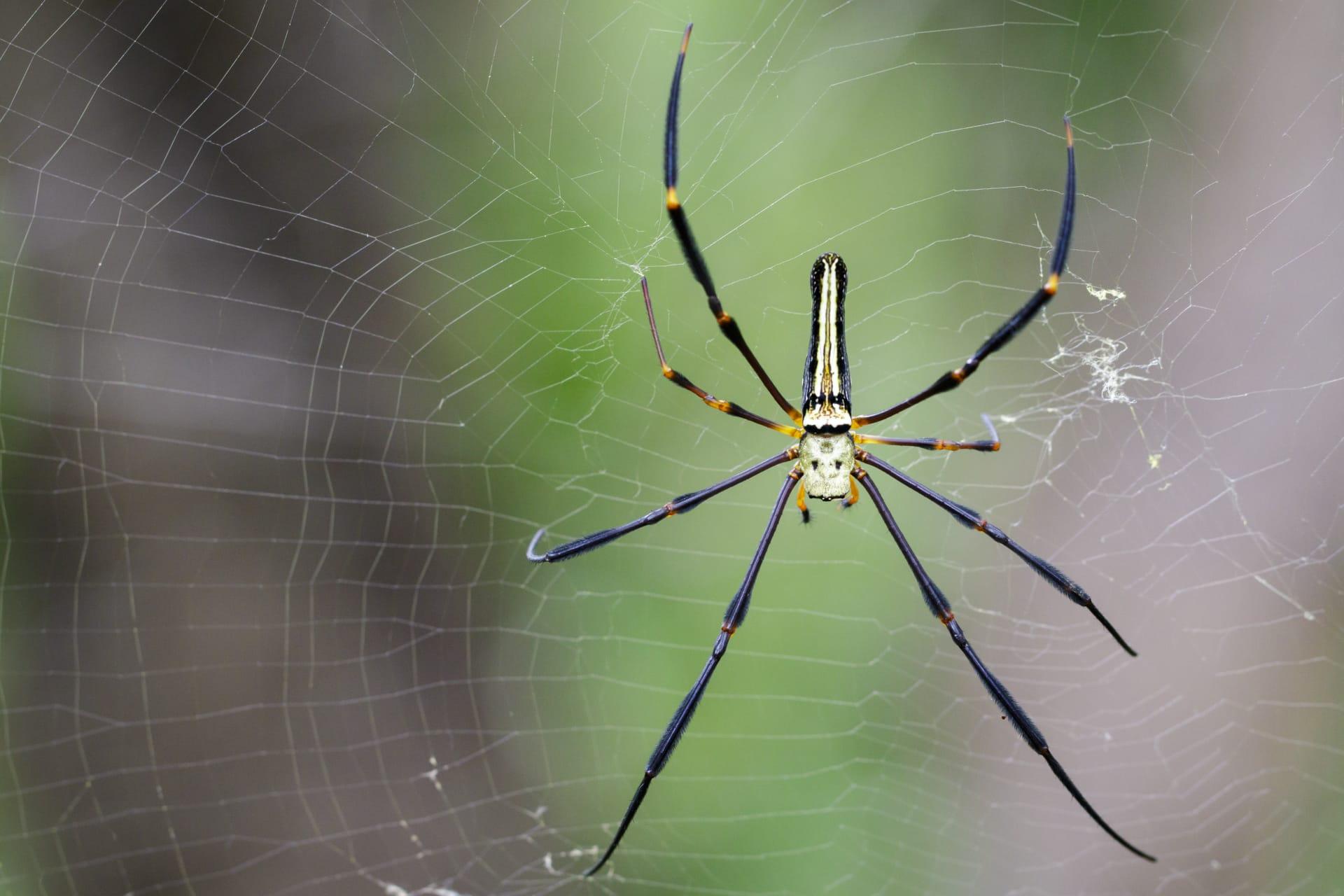Banana Spider Trivia
- Home /
- Trivia Question /
- Animal /
- Banana Spider Trivia
1
Question: What colors can Banana Spiders be found in, and do these colors have a specific purpose?
Answer: Banana Spiders exhibit a range of colors, including yellow, brown, and sometimes with stripes. These colors serve as excellent camouflage in their natural habitats, like forests and fields. The yellow coloring can blend with flowers and foliage, while the brown helps them hide among branches and dead leaves.
Question: How large can a Banana Spider grow, and does size vary between genders?
Answer: On average, Banana Spiders can reach lengths of 2 to 3 inches (5 to 7.6 cm), including their leg span. Females are generally larger than males, with some females measuring up to 3 inches, while males typically reach only about 0.5 inches (1.3 cm) in body length.

2
Question: Is it true that Banana Spiders are extremely venomous to humans?
Answer: This is a common misconception. While Banana Spiders do possess venom, it is relatively harmless to humans. Their bites may cause mild irritation and redness, but they are not considered a significant threat to human health.
Question: Do Banana Spiders really come from bananas, as their name suggests?
Answer: The name 'Banana Spider' is misleading. They do not originate from bananas but are often found in banana shipments, leading to their name. Their natural habitats are in warm climates, often in South and Central America, and they are known to hide in banana bunches.

3
Question: What unique features do Banana Spider webs have?
Answer: Banana Spider webs are known for their impressive size and strength. Their webs can span up to 6 feet (1.8 meters) in diameter. The silk used is among the strongest spider silk, capable of trapping large insects and even small birds.
Question: How do Banana Spiders contribute to their ecosystem?
Answer: Banana Spiders play a crucial role in controlling insect populations. They primarily feed on flying insects, including mosquitoes and flies, which helps in maintaining the ecological balance and reducing pests in agricultural and residential areas.

4
Question: How do Banana Spiders reproduce, and what is unique about their mating process?
Answer: Banana Spiders have a fascinating mating ritual. The smaller male often has to approach the female cautiously to avoid being mistaken for prey. After mating, the female lays eggs in a silk sac, protecting hundreds of eggs until they hatch.
Question: Are Banana Spiders social or solitary creatures?
Answer: Banana Spiders are largely solitary. They usually construct their webs in isolation and interact with other spiders mainly during the mating season. However, young spiders may be seen in groups shortly after hatching before they disperse to create their webs.

5
Question: What is the lifespan of a Banana Spider, and how does it vary in the wild versus in captivity?
Answer: In the wild, Banana Spiders typically live for about one year. Their lifespan can be slightly longer in captivity due to the absence of predators and consistent food supply. However, their life cycle follows a similar pattern, with a single breeding season before they die.
Question: Can Banana Spiders change their color, and if so, why?
Answer: Banana Spiders can adjust their color slightly, mainly to better blend into their environment. This color change is subtle and occurs over time, not instantly. It helps them remain undetected by both predators and prey, enhancing their survival chances.